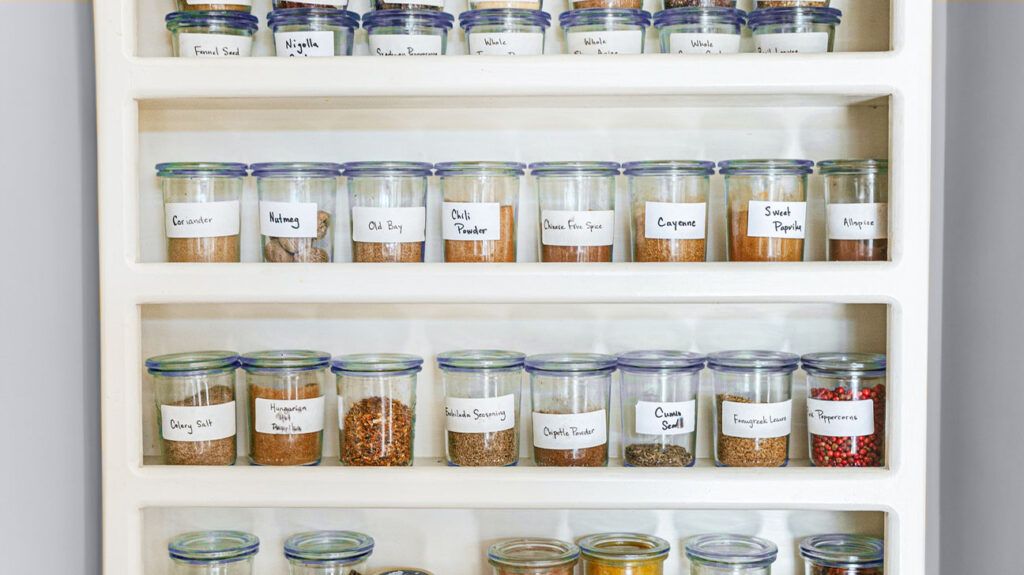- Excess salt consumption is a known risk factor for developing high blood pressure.
- New research shows swapping regular table salt for a salt substitute could help regulate blood pressure in older adults.
- Salt substitutes help minimize sodium intake while increasing potassium intake, both of which are associated with healthy blood pressure levels.
Overconsumption of salt is a global driver of cardiovascular disease and high blood pressure.
New research indicates that using salt substitutes — flavorful food additives with less sodium — instead of table salt could help reduce the risk of high blood pressure.
An article published February 12 in the Journal of the American College of Cardiology, found that older adults with blood pressure above normal who used a salt substitute had lower incidences of developing high blood pressure. They also had lower blood pressure overall compared to those who used table salt.
Additionally, incidences of low blood pressure (
“This means the salt substitute is beneficial not only to people with hypertension, which has been demonstrated in previous studies, but also to people with normal blood pressure, and that it is safe,” Dr. Yangfeng Wu, Ph.D., executive director of Peking University Clinical Research Institute and senior author of the study, told Medical News Today.
The research comes out of the
Throughout the two-year trial, scientists wanted to see how different salt initiatives would affect participants’ blood pressure.
The 2×2 factorial design compared usual salt intake and progressively restricted salt intake to regular salt or a salt substitute.
Participants who received the salt substitute demonstrated improvements in blood pressure.
To further investigate these findings, researchers wanted to see how the salt substitute would affect only individuals with less than 140/90 mm Hg, blood pressure.
The study included roughly 600 participants, divided evenly into two groups: one that received regular salt and one that got the salt substitute.
To be included in the trial, participants had to have a blood pressure reading of less than 140/90 mm Hg to meet the study authors’ “normal” blood pressure requirements and could not be taking any blood pressure medication.
However, it’s important to note that the ideal blood pressure reading is 120/80. According to the
Over the 2-year period of the study, researchers found that individuals in the salt substitute group were 40% less likely to develop high blood pressure than the salt group.
There were 60 new cases of high blood pressure for those using the salt substitute compared to 95 cases among those using salt.
Meanwhile, occurrences of low blood pressure were roughly even: 16.6% of subjects in the salt substitute group and 11.7% in the salt group. Researchers did not deem the finding to be statistically significant.
The average blood pressure reading between the two groups was important. Compared to the baseline reading, the salt substitute group saw an average 8-point decrease in
“The study demonstrated that mean blood pressure increased in the regular salt control group but remained unchanged in the salt substitute group,” Dr. Wu explained.
The authors note the salt substitute appeared to prevent blood pressure from increasing rather than causing a decrease in blood pressure. This distinction helps to explain why occurrences of low blood pressure remained about the same.
Salt consumption has been associated with high blood pressure and other negative health outcomes such as:
- heart attack
- stroke
- kidney damage
- osteoporosis
Mounting evidence shows that salt substitutes can be a cheap, effective way to reduce salt intake.
In an accompanying editorial to the study, Dr. Rik Olde Engberink, Ph.D., a researcher at the University of Amsterdam UMC, looked at the potential public health effects of using salt substitutes on a large scale. He wrote that attempts to curb salt intake globally have been a “failing strategy” and noted that salt substitution is an “attractive alternative.”
“Ideally, individuals should choose the right products in the supermarket that contain a low amount of salt and should not add salt themselves. Dr. Engberink told MNT.
“This, however, is quite difficult for individuals. I would prefer that my patients eat less than 5 grams of salt instead of eating 10 grams of the salt substitute,” he said.
Hidden salt in foods
Sodium consumption has less to do with the salt shaker at the table, and much more to do with how foods are processed today.
Only about
Kristin Kirkpatrick, a registered dietitian at the Cleveland Clinic and author of Regenerative Health, told MNT that she recommends avoiding processed foods and replacing salt with herbs and roots.
“Ultra-processed foods are often very high in salt. Salt substitutes can play a role. However, it is often not my primary behavior change that I am trying to assist with my patients,” she said.
Salt and sodium are often used interchangeably, but it is important to know the difference.
Table salt is made up of sodium chloride, which is about 40% sodium and 60% chloride. So, in a given amount of salt, say a tablespoon, only 40% of it is sodium, which is why daily recommendations for
The World Health Organization recommends consuming less than
Sodium doesn’t come exclusively from salt either, it can be found in preservatives like sodium nitrate and baking soda as well.
Different salt substitutes
On the other hand, salt substitutes, like the one used in the study, replace some of the sodium content with another mineral, potassium, as well as flavorings, such as mushroom, lemon, herbs, or seaweed.
In the DECIDE-Salt trial, the salt substitute was made up of 62.5% sodium chloride, 25% potassium chloride, and 12.5% dried food flavorings.
Salt substitutes also show a double benefit by reducing sodium and increasing potassium intake — both of which have been shown to
“The use of potassium-enriched salt substitute will reduce sodium intake and increase potassium intake at the same time, and has a ‘double effect’ in lowering blood pressure without much changes in lifestyle habits required,” Dr. Wu said.
Credit: Source link




